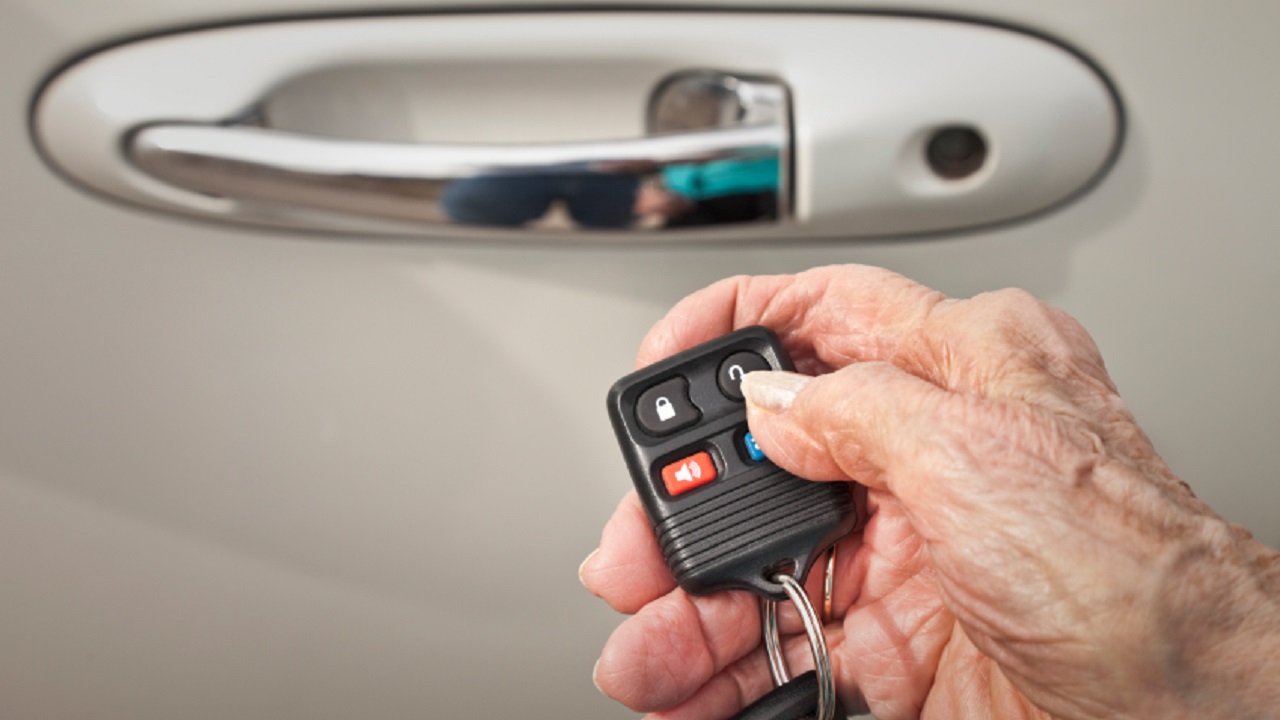We’ve all heard stories about the dangers of elderly drivers. A senior woman accidentally hits the gas instead of the brake pedal and crashes into a building. A 90-year-old man backs his Cadillac onto a sidewalk, striking several people. Not only can unsafe elderly drivers kill or injure themselves while on the road, but they can also seriously endanger other drivers and pedestrians.
Driving helps older adults stay mobile and independent, but the risk of being injured or killed in a motor vehicle crash increases as people age. According to statistics from the National Highway Traffic Safety Administration (NHTSA), older drivers are more likely than younger ones to be involved in car accidents. In fact, 2020 data collected by the Centers for Disease Control and Prevention (CDC) reveal that 20 older adults are killed and approximately 540 are injured in motor vehicle crashes each day. For these reasons, it is imperative for families to keep a close eye on their aging loved ones’ driving abilities and habits.
Warning signs of unsafe driving
The NHTSA advises family members to look for the following indicators that an elderly driver may need to stop driving and consider alternative modes of transportation.
- Drifting into other lanes.
- Straddling lanes.
- Making sudden lane changes.
- Ignoring or missing stop signs and traffic signals.
- Increased confusion while driving in traffic.
- Braking or stopping abruptly without cause.
- Accelerating suddenly without reason.
- Coasting to a near stop amid moving traffic.
- Pressing simultaneously on the brake and accelerator pedals while driving.
- Difficulty seeing pedestrians, objects and other vehicles.
- Increasing levels of anxiety while driving.
- Driving significantly slower than the posted speed limit or general speed of other vehicles.
- Backing up after missing an exit or turn.
- Difficulty reacting quickly and/or processing multiple stimuli.
- Problems with back/neck flexibility and turning to see traffic/hazards around the car.
- Getting lost or disoriented easily, even in familiar places.
- Failing to use turn signals or keeping signals on without changing lanes.
- Increased “close calls” and “near misses.”
- Receipt of two or more traffic citations or warnings in the past two years.
- Dents and scrapes on their car or on surrounding objects where they drive and park at home, such as fences, mailboxes, garage doors and curbs.
How to address aging and driving problems
How do you know when an elderly person should stop driving? Unfortunately, there is no universal cut-off age. However, if you begin observing any of the above warning signs, it is time to address the situation. Don’t wait for an accident to occur.
Seek a driving dssessment
It’s important to be understanding of your loved one’s feelings, as most elders consider losing the ability to drive a major event that represents a loss of independence and self-sufficiency. Rather than forcibly taking away the car keys, suggest a driving test to evaluate an elder’s ability to operate a car safely and responsibly. Driver’s tests are available at local Department of Motor Vehicles (DMV) offices. If your loved one fails their test, then it is time for them to forfeit their driving privileges.
Find driving classes for seniors
In some cases, enrolling in a mature driving course can help seniors brush up on their driving skills. Even the most experienced drivers can benefit from a driver safety course. In these lessons, elders will learn the current rules of the road, defensive driving techniques and how to operate a vehicle more safely in today’s increasingly challenging driving environment. Instructors can also make recommendations for managing and accommodating age-related changes in vision, hearing and reaction time.
As an added incentive, let your elderly loved one know that they may be eligible for an auto insurance discount upon completing one of these courses, as well as discounts on roadside assistance plans. Local DMV offices, auto insurance companies, and organizations like AARP and AAA offer many different driver safety programs for seniors both online and in person.
Report an unsafe driver to the DMV
If you are concerned for the safety of a family member or friend who you feel has become a dangerous driver and refuses to participate in an assessment or cease driving, call or visit your local DMV to report them. You’ll need to provide the person’s name as shown on their driver’s license, their date of birth, their driver’s license number (if known), their current address and an explanation of why you believe they are an unsafe driver (e.g., specific medical conditions, observations, incidents). Concerned family members and friends may be able to submit this letter anonymously in some states, but others do not accept anonymous reports.
